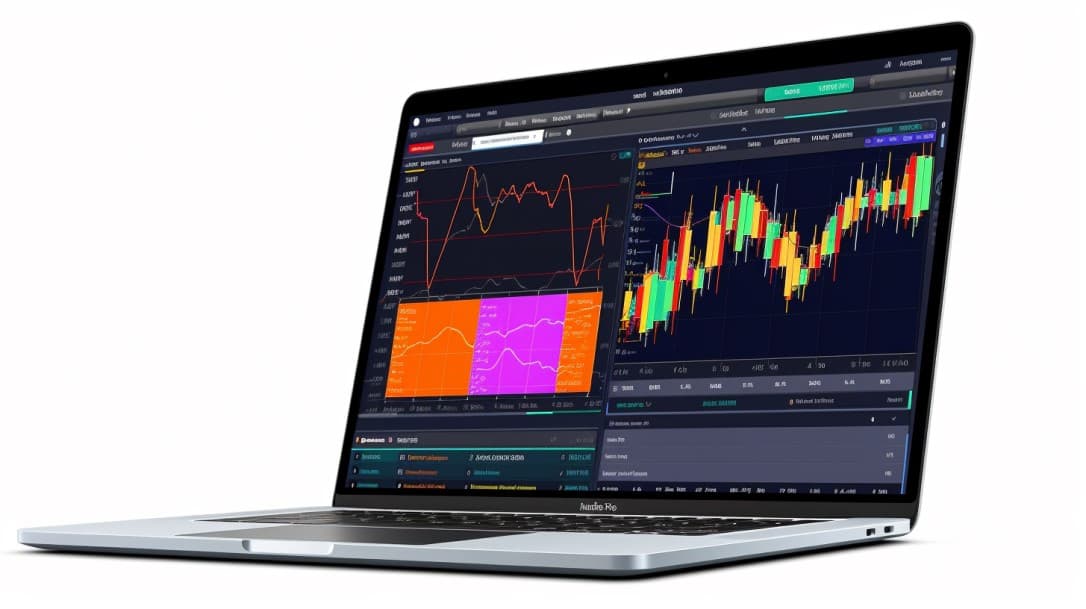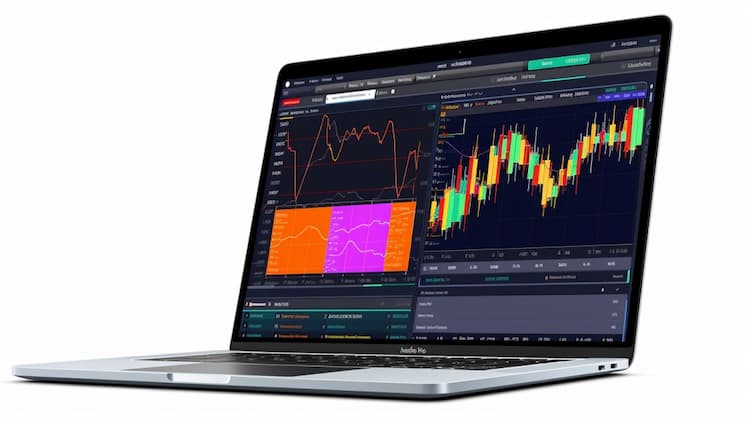
PJP VS XPH: A Comprehensive Comparison of ETFs
Exchange-Traded Funds (ETFs) have transformed the landscape of investment, providing diversified exposure to different sectors and asset classes. In this article, we will conduct an in-depth comparison between two prominent ETFs: PJP (Invesco Dynamic Pharmaceuticals ETF) and XPH (SPDR S&P Pharmaceuticals ETF). Our analysis will encompass critical aspects such as tickers, full names, issuers, sectors, top holdings, capitalization, strategy, tracking, and exposure.
PJP VS XPH: Overview
PJP and XPH are two ETFs that cater to the pharmaceutical sector but with distinctive investment strategies. PJP is designed to track dynamic pharmaceutical companies based on various quantitative and qualitative factors, while XPH aims to replicate the performance of the S&P Pharmaceuticals Select Industry Index. The differences in their methodologies can significantly impact risk and potential returns, making a thorough analysis crucial.
PJP VS XPH: Sectors and Top Holdings
The PJP ETF focuses on dynamic pharmaceutical firms with potential growth, including companies like Regeneron Pharmaceuticals, Amgen, and Eli Lilly. In contrast, XPH invests in companies that belong to the pharmaceuticals sector as per the S&P Select Industry Index classification. An understanding of their sector exposure and top holdings is essential for investors seeking specific characteristics within the pharmaceutical industry.
 PJP overlap PJP VS XPH: A Comprehensive Comparison of ETFs
PJP overlap PJP VS XPH: A Comprehensive Comparison of ETFs
PJP VS XPH: Capitalization and Strategy
PJP's assets under management (AUM) reflect its appeal to investors interested in the dynamic pharmaceutical market. Its strategy involves selecting stocks based on factors like price momentum, earnings momentum, quality, management action, and value. XPH, being an index-tracking ETF, captures the broad performance of pharmaceutical companies. Analyzing capitalization and strategy can guide investors in aligning their choices with their risk and growth preferences.
PJP VS XPH: Tracking and Exposure
PJP employs a dynamic strategy that aims to outperform traditional market-cap-weighted approaches, resulting in potential variations in performance compared to benchmark indices. XPH, on the other hand, tracks an index of pharmaceutical companies. Understanding their tracking methodologies and exposure can assist investors in evaluating the potential for outperformance or alignment with market trends.
Conclusion
PJP and XPH provide investors with distinct approaches to investing in the pharmaceutical sector. For those seeking in-depth insights into holdings, correlations, overlaps, and other critical information, ETF Insider stands as an invaluable tool. With its user-friendly app, ETF Insider offers extensive details on these financial instruments and more, empowering investors to make well-informed decisions.
Disclaimer: This article does not provide any investment advisory services.
Sources:
PJP ETF issuer
PJP ETF official page





